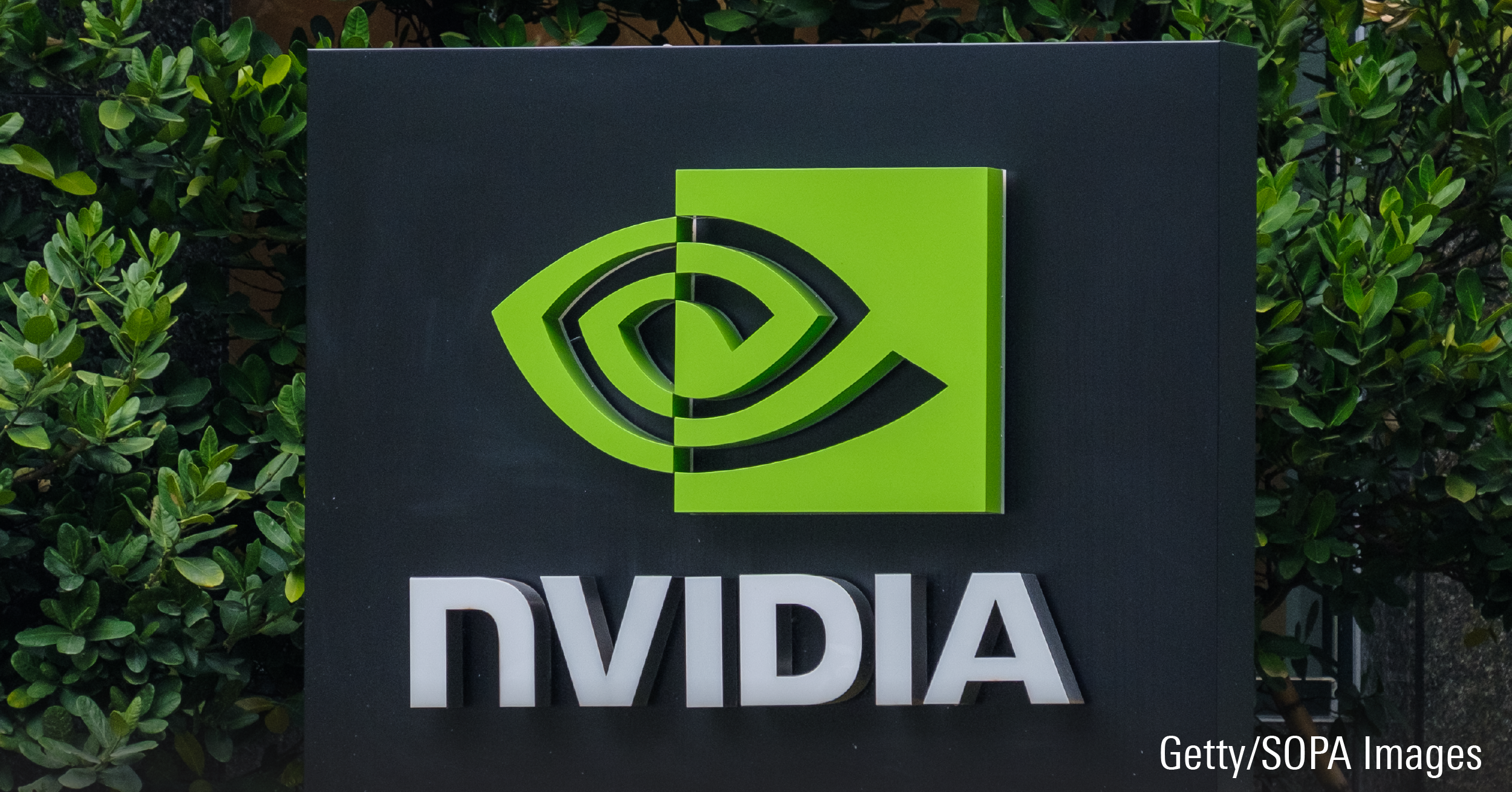Asian stocks have had a strong run-up this year, with the average fund in the Greater China Equity category up 33% in the year to date to Oct. 20. For June Lui, whose own fund, BMO Greater China Class, is up 30.6% in the same period, caution is the watchword.
"I'm guarded about the outlook," says Lui, a portfolio manager with Hong Kong-based BMO Global Asset Management (Asia) Ltd. who oversees the 3-star Morningstar-rated fund.
Among her worries are the elevated equity valuations in Asia and around the world, and the US. Federal Reserve's moves to tighten monetary policy. "The market has not priced in this deleveraging process, nor some of the geopolitical tensions," says Lui, referring to the tough talk between the United States and North Korea, and uncertainty surrounding policy actions by neighbouring China and Russia.
Moreover, there is concern about the Trump administration's plans to change or even drop key trade treaties and whether it will be able to introduce tax cuts. "There is a lot to be cautious about," says Lui, a Hong Kong native who spent seven years in the Hong Kong banking industry and in 2005 switched to asset management, becoming an equity analyst in 2008.
"We are bottom-up investors, and do not have a top-down view as such. But we have to understand the macro environment and its impact on the companies that we hold," says Lui, who joined the team managing the fund in 2015 and became lead manager the following year. "If there are more risks, then we may have to adopt a more conservative positioning."
Thus far, the macro picture has been a rosy one, and that has been the key dynamic behind investment returns. "GDP growth has been better than expected, as has trade data and corporate earnings so far this year," Lui notes. "At the same time, the reminbi (RMB) currency, which despite being weak last year, has gone in the opposite direction and appreciated about 5-6% against the U.S. dollar year-to-date."
At the same time, Chinese officials have implemented tough capital controls to reverse the outflow of RMB by corporate investors and individuals that occurred in 2015-16. "There are more stringent government controls," says Lui, noting that even state-owned enterprises (SOE) have been forced to submit to the stricter rules.
Equally important, domestic demand in China began to recover in the first half of this year, which has helped the retail sector, and further underscored the growth of the middle class in China. Meanwhile, the heavy dependence on exports to developed markets has begun to shift to emerging Asian countries, as part of the so-called "One Belt and One Road" initiative promoted by China. "There is more emphasis on exports of heavy industrial equipment and machinery to neighbouring countries and developing their infrastructure capability."
Still, there are risks within the Chinese economy in the form of very high debt levels and poor asset quality within its banks. "China recognizes there is a big problem and if they don't deal with it, it could get out of hand. The authorities want to contain the leverage and realize that it will be a long, drawn-out process," says Lui. "They want to control the way leverage is reduced without creating a shock to the system. So they acknowledge there is a serious problem but there won't be any quick fixes."
Lui notes that even while the debt-to-GDP ratio has risen to over 250% in China, much of that debt is held internally by the government and SOEs. "They've already started the process (of reducing debt) and credit growth is now slower than nominal GDP growth."
From a strategic viewpoint, Lui is focusing on a select group of about 38 companies that are benefitting from secular demand, primarily driving income growth and the burgeoning middle class in China. "We see a long-term trend in growing domestic businesses. We favour companies that are skilled at brand development and execution. These companies have a better understanding of local preferences (than foreign players) and are gaining market share. We have little exposure to export-oriented companies." Lui also likes insurance companies that are tapping consumer demand for life and health insurance products that growing numbers of middle class are seeking as a supplement to China's social safety net.
By domicile, about 50% of the fund is classified as China stocks, followed by 29% Hong Kong and 18% Taiwan. But Lui hastens to point out that she generally disregards where a stock is listed and focuses instead on the quality of the business. "We'd rather invest in a wonderful company at a fair valuation, than invest in a fair business that is trading at a cheap valuation."
Because of compliance requirements, Lui is precluded from commenting in detail about some of the fund's names. Nevertheless, she is a high-conviction investor and the most recent data reveals high-single-digit holdings in companies such as ![]() Tencent Holdings Ltd. (TCEHY), a dominant player in Chinese media, entertainment and payments systems. "It's our number one holding and has been generating fantastic earnings," says Lui, adding that she has reduced the position slightly because the valuation is a little stretched.
Tencent Holdings Ltd. (TCEHY), a dominant player in Chinese media, entertainment and payments systems. "It's our number one holding and has been generating fantastic earnings," says Lui, adding that she has reduced the position slightly because the valuation is a little stretched.
In a similar vein, Lui favours ![]() China Mobile Ltd. (CHL). "It has a 60% market share of the mobile sector and near-monopoly status. We don't normally like SOEs, but China Mobile pays a 3.6% dividend and has a lot of cash on its balance sheet." Other favourites in the life insurance sector include Ping An Insurance Group Co. of China Ltd. and AIA Group Ltd.
China Mobile Ltd. (CHL). "It has a 60% market share of the mobile sector and near-monopoly status. We don't normally like SOEs, but China Mobile pays a 3.6% dividend and has a lot of cash on its balance sheet." Other favourites in the life insurance sector include Ping An Insurance Group Co. of China Ltd. and AIA Group Ltd.
















